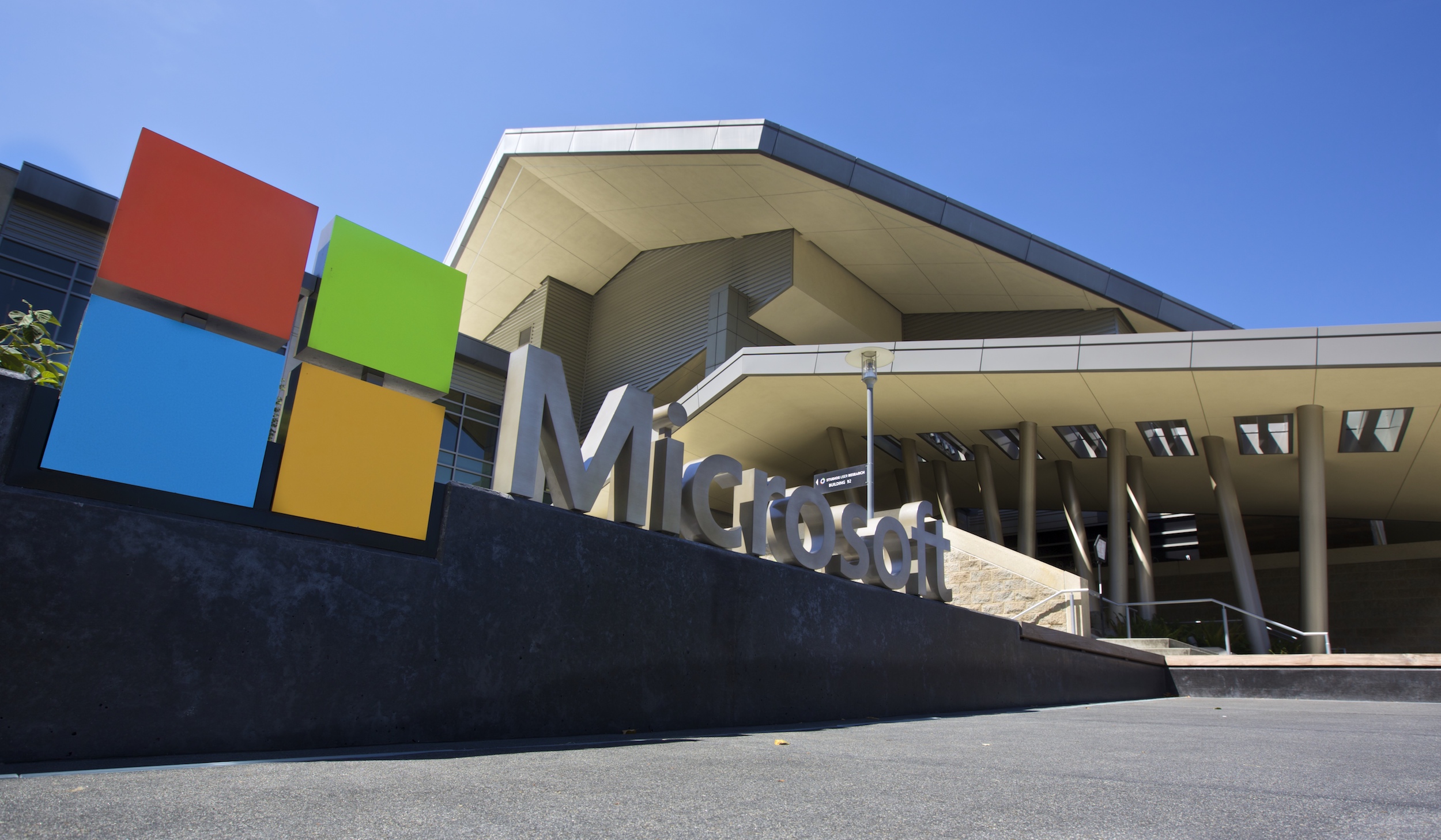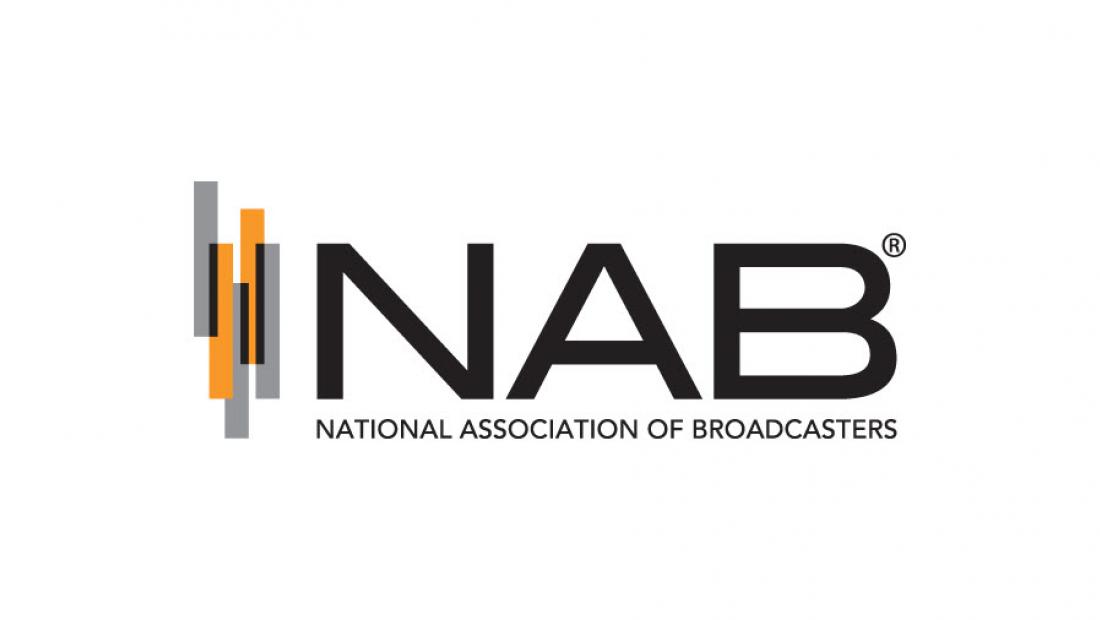NAB Considers Microsoft White Spaces Proposals for Rural's Sake


The National Association of Broadcasters said it may be able to live with some of the proposals Microsoft has offered up in the FCC's ongoing white spaces proceeding, but the FCC needs to vet them first.
The FCC this week wrapped up some changes and resolved some petitions to reconsider the framework for opening up more broadcast and broadcast-adjacent "white spaces" spectrum for unlicensed wireless devices, but some issues remain that go beyond that proceeding.
While NAB and Microsoft disagree on a number of issues, including how effective remote sensing technology is in preventing interference to broadcast signals. But in a letter to the FCC, NAB said after discussions with the computer giant, it agrees the FCC should at least seek comment on some of Microsoft's suggestions for boosting operations in rural areas while protecting licensed operations and asked the FCC to launch a new rulemaking to do that.
"NAB agrees that the Commission should pursue certain, but not all, changes Microsoft is seeking, as long as the Commission takes important steps to protect licensed users," the association said in a letter to the FCC Thursday (March 21).
The FCC unanimously approved the opening up of white spaces, with an emphasis on their ability to close the rural digital divide. So, NAB's willingness to consider ways to boost rural broadband positions it as on the right side of that issue.
Specifically, NAB says that, as Microsoft proposes, it 1) may be possible to allow for higher power limits in less congested (rural) areas; 2) may be possible to permit device operations at higher points above average terrain (up to 500 meters) in rural areas without materially increasing the chances of harmful interference; 3) may be possible to allow fixed TV white spaces (TVWS) operations on movable platforms--school buses and farm equipment, for example, but not aircrafts, ships or satellites--so long as there is a location check every 60 seconds; and 4) to support the use of TVWS for narrowband IoT.
But, NAB also told the FCC it strongly opposes Microsoft's fifth proposal--to authorize higher power operations on the first-adjacent channel to broadcasters licensed service. That is one proposal NAB does not want the FCC considering yet, much less adopting, at least not until there is a new generation of receivers, which is years down the line.
Broadcasting & Cable Newsletter
The smarter way to stay on top of broadcasting and cable industry. Sign up below
“Today, the NAB submitted a letter to the FCC, urging them to consider a further notice on several key TV white spaces issues," said a Microsoft spokesperson. "We appreciate the discussions and collaboration with NAB over the past months that have led to this point, and echo their call to the FCC to move forward with key TV white spaces issues to close the broadband gap.”
Contributing editor John Eggerton has been an editor and/or writer on media regulation, legislation and policy for over four decades, including covering the FCC, FTC, Congress, the major media trade associations, and the federal courts. In addition to Multichannel News and Broadcasting + Cable, his work has appeared in Radio World, TV Technology, TV Fax, This Week in Consumer Electronics, Variety and the Encyclopedia Britannica.

